Ariel Henley on Growing Up with Crouzon Syndrome
November 5, 2021 | 12:00 PM
Ariel Henley on Growing Up with Crouzon Syndrome
By Ariel Henley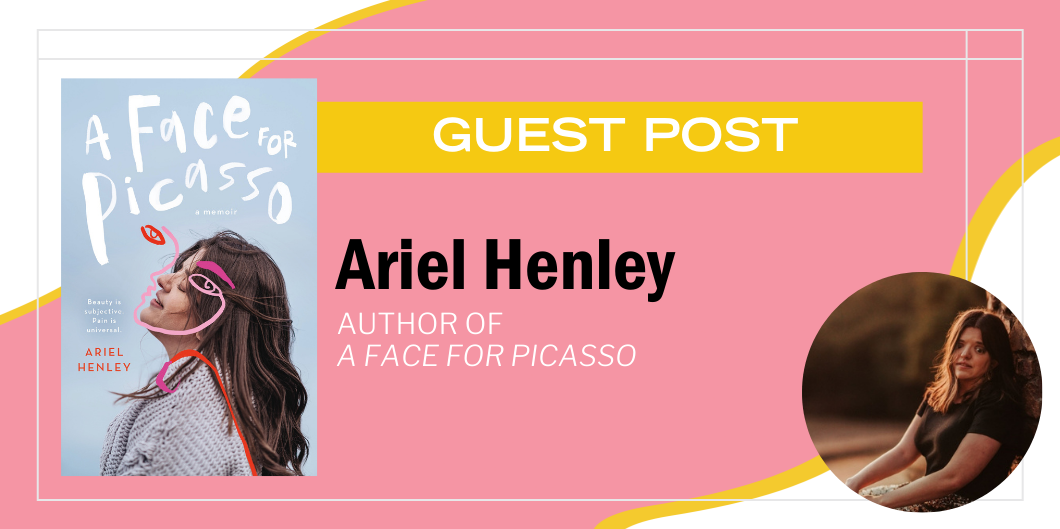
I am different. The way I look is different. The way I speak is different. The way I process information is different.
I was born with Crouzon syndrome, a craniofacial condition where the bones in the head fuse prematurely. My twin sister Zan was also born with the condition, and together we grew up in and out of the hospital. Since our skulls did not grow on their own, we each underwent dozens of operations where surgeons broke and moved the bones in our heads and faces. These procedures changed our appearance and impacted our relationship with each other, ourselves, and the world around us.
Though having Crouzon syndrome does not define me or my worth as a person, it has impacted every aspect of my life. Growing up, I was often distracted, and yet rumination and the desire to unpack and explore the complexity of my experiences helped me to feel safer. I thought that if I could pick apart and analyze my experiences, maybe I could understand them and make sense of them. If I could consider every possible thing that could go wrong, maybe I could be better prepared. I was often lost in my own thoughts and feelings, always jumping from one thought to another—or one activity to another—to do anything to distract myself from thinking about the memories that haunted me. I lived in a constant state of hyperarousal.
When I first began writing A Face for Picasso, I knew I wanted readers to walk away with an awareness of Crouzon syndrome, but I also wanted to provide a deeper understanding of trauma. I wanted to show what it means to experience recurring trauma as a child and thus, experience the impacts of PTSD into adulthood. Because while I was fortunate enough to have access to health care, many signs related to my own PTSD and related anxiety, depression, and even ADHD went unnoticed. My family didn’t know what to look for or how to help me. Mental health professionals did their best, but they were unfamiliar with facial difference, disfigurement, and ableism. But trauma changes the brain. It changes how information is processed and communicated. According to trauma researcher Bessel Van der Kolk, “‘the imprints of traumatic experiences are organized not as coherent logical narrative but as fragmented sensory and emotional traces’.”
It wasn’t until I began revising A Face for Picasso that I realized the structure of my book is part of my story too. This is why my memoir is written in chapters that at times, mimic narrative essays in that thread together seemingly disconnected shorter narratives and themes. The way I move from one topic to another to make connections to my past and my identity is my way of showing readers exactly how trauma rewired my brain.
Embracing my story—both the content and the structure— has allowed me to unpack my experiences and show readers (and myself) that difference isn’t wrong — that difference can be beautiful.
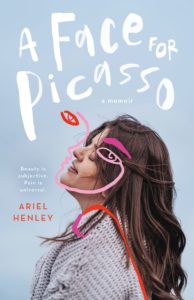 A Face for Picasso by April Henley
I am ugly. There's a mathematical equation to prove it.
At only eight months old, identical twin sisters Ariel and Zan were diagnosed with Crouzon syndrome—a rare condition where the bones in the head fuse prematurely. They were the first twins known to survive it.
Growing up, Ariel and her sister endured numerous appearance-altering procedures. Surgeons would break the bones in their heads and faces to make room for their growing organs. While the physical aspect of their condition was painful, it was nothing compared to the emotional toll of navigating life with a facial disfigurement.
Ariel explores beauty and identity in her young-adult memoir about resilience, sisterhood, and the strength it takes to put your life, and yourself, back together time and time again.
A Face for Picasso by April Henley
I am ugly. There's a mathematical equation to prove it.
At only eight months old, identical twin sisters Ariel and Zan were diagnosed with Crouzon syndrome—a rare condition where the bones in the head fuse prematurely. They were the first twins known to survive it.
Growing up, Ariel and her sister endured numerous appearance-altering procedures. Surgeons would break the bones in their heads and faces to make room for their growing organs. While the physical aspect of their condition was painful, it was nothing compared to the emotional toll of navigating life with a facial disfigurement.
Ariel explores beauty and identity in her young-adult memoir about resilience, sisterhood, and the strength it takes to put your life, and yourself, back together time and time again.
 A Face for Picasso by April Henley
I am ugly. There's a mathematical equation to prove it.
At only eight months old, identical twin sisters Ariel and Zan were diagnosed with Crouzon syndrome—a rare condition where the bones in the head fuse prematurely. They were the first twins known to survive it.
Growing up, Ariel and her sister endured numerous appearance-altering procedures. Surgeons would break the bones in their heads and faces to make room for their growing organs. While the physical aspect of their condition was painful, it was nothing compared to the emotional toll of navigating life with a facial disfigurement.
Ariel explores beauty and identity in her young-adult memoir about resilience, sisterhood, and the strength it takes to put your life, and yourself, back together time and time again.
A Face for Picasso by April Henley
I am ugly. There's a mathematical equation to prove it.
At only eight months old, identical twin sisters Ariel and Zan were diagnosed with Crouzon syndrome—a rare condition where the bones in the head fuse prematurely. They were the first twins known to survive it.
Growing up, Ariel and her sister endured numerous appearance-altering procedures. Surgeons would break the bones in their heads and faces to make room for their growing organs. While the physical aspect of their condition was painful, it was nothing compared to the emotional toll of navigating life with a facial disfigurement.
Ariel explores beauty and identity in her young-adult memoir about resilience, sisterhood, and the strength it takes to put your life, and yourself, back together time and time again. 